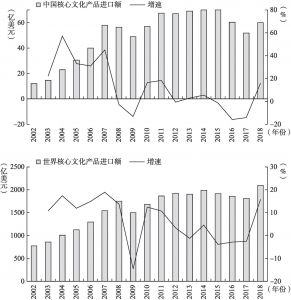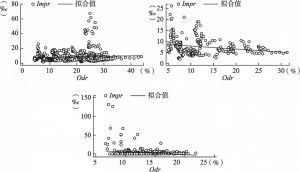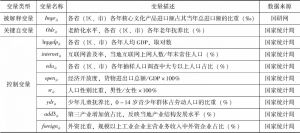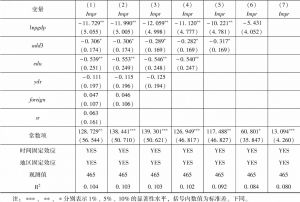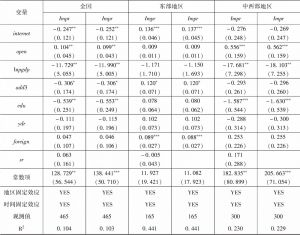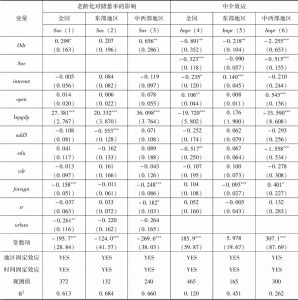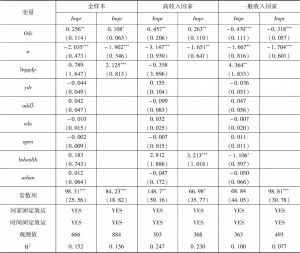论文
人口老龄化是否影响了文化产品进口?
摘要
21世纪以来,中国文化产品进口额增速呈现波动下降趋势,已有文献大多聚焦于语言、文化、移民、市场保护等因素,本文则重点关注了同期人口老龄化趋势对文化产品进口的影响。以老年抚养比反映老龄化程度,利用中国31个省(区、市)2002~2018年的面板数据模型发现,各省(区、市)老年抚养比的提高显著降低了书籍报刊等6种核心文化产品进口额占货物进口额的比重,经济发展水平相对较低的中西部地区文化产品进口比重受老龄化的负向影响比东部地区更大。进一步利用中介效应模型研究发现,全国整体尤其是中西部地区老年抚养比的提高使得当地储蓄率被动上升,从而导致作为非必需消费品的文化产品进口比重下降。利用52个国家2002~2018年面板数据的稳健性检验发现,高收入国家老年抚养比的上升提高了文化产品进口比重,而一般收入国家老年抚养比的上升则如同中国一样降低了文化产品进口比重。本文丰富了文化产品贸易影响因素方面的文献,明确了不同经济发展水平下人口老龄化对文化产品进口的差异性影响,为各国政府在人口老龄化背景下制定文化产品贸易政策提供了理论依据。
作者
马光明 (1982- ),男,中央财经大学国际经济与贸易学院副教授,研究方向为国际贸易、世界经济。
王立勇 (1977- ),男,中央财经大学国际经济与贸易学院教授、博士研究生导师,研究方向为宏观经济与国际经济。
钟奕欣 (1995- ),女,中央财经大学国际经济与贸易学院硕士研究生,研究方向为国际贸易、世界经济。
Ma Guangming
Wang Liyong
Zhong Yixin
检索正文关键字
论文目录
- 引言
- 1 文献综述
-
2 理论机制与研究假设
- 2.1 正向促进机制
- 2.2 反向抑制机制
- 2.3 理论总结与研究假设
-
3 实证研究
- 3.1 中国人口老龄化水平与文化产品进口比重:基础回归
- 3.1.1 全国样本回归结果
- 3.1.2 分全国/东部/中西部子样本回归结果
- 3.2 中国人口老龄化水平与文化产品进口比重:影响渠道研究
- 3.2.1 主效应:老龄化水平对文化产品进口比重的影响
- 3.2.2 解释变量与中介变量关系:老龄化水平对储蓄率的影响
- 3.2.3 中介效应
- 3.1 中国人口老龄化水平与文化产品进口比重:基础回归
- 结论
相关文献
查看更多>>>


